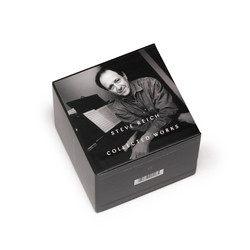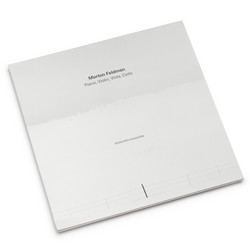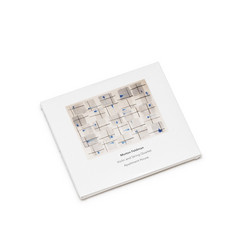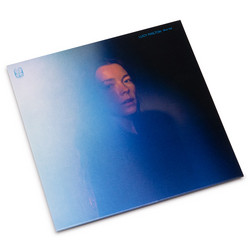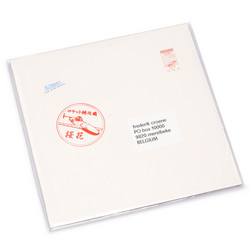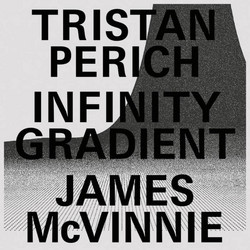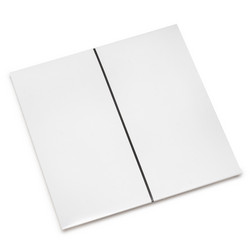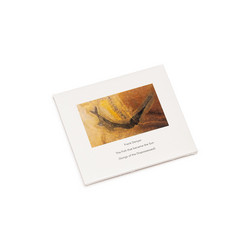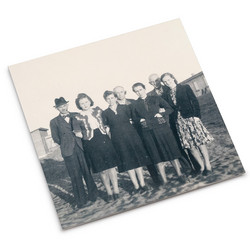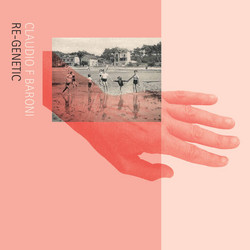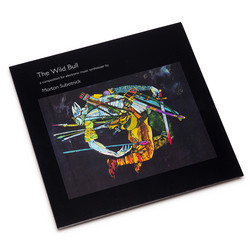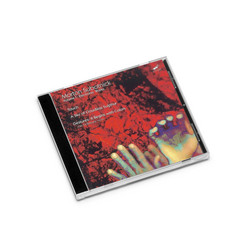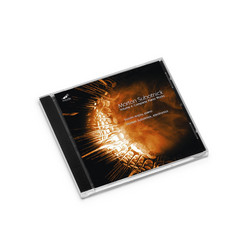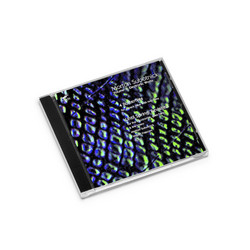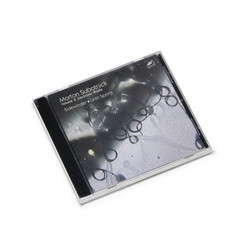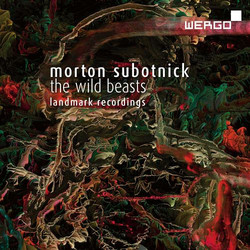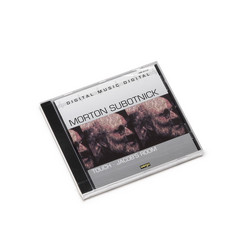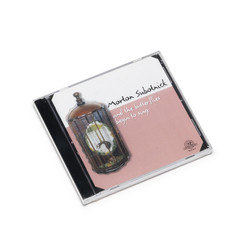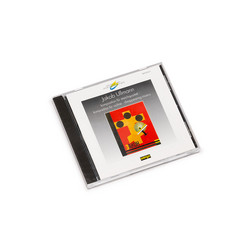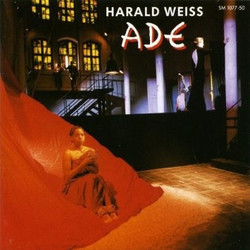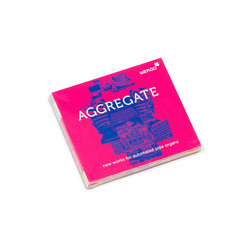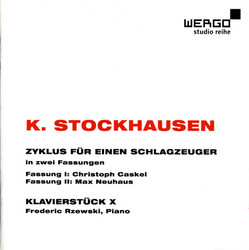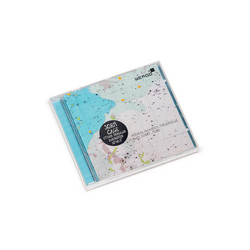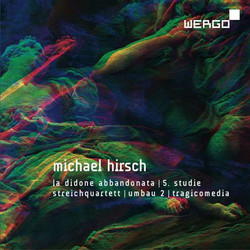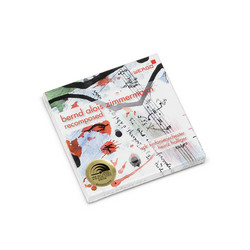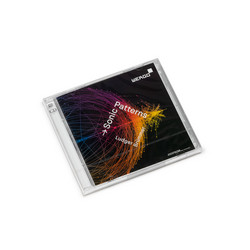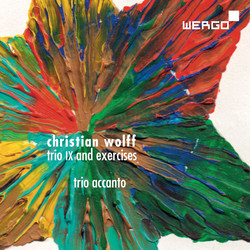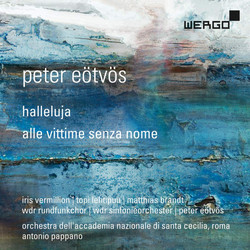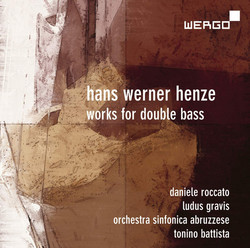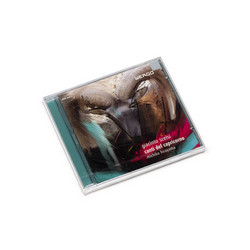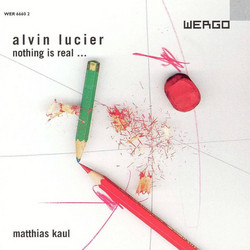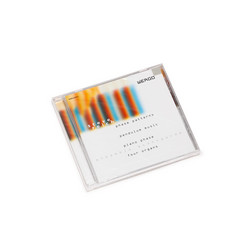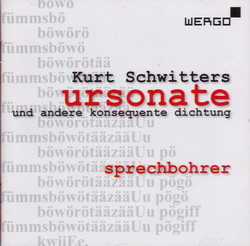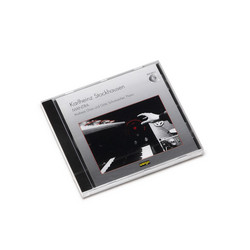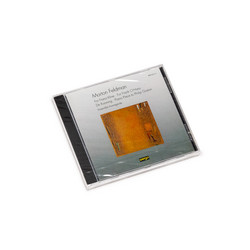'The literal meaning of “amphibian” is “double life” and applies to animals living part of their lives in water and part of their lives on land. In the program note to his electroacoustic classic Music for the Double Life of Amphibians, Morton Subotnick states that “amphibian” is to be taken as a metaphor for the work’s structure and programmatic content, which follow a metamorphosis of being through the stages of amphibian to beast to angel. But it also applies to the musical material, the double life of which plays itself out in its inhabiting the two environments of electronic and acoustic sound.
The electronic element, which Subotnick terms “ghost electronics,” consists of interactive live sound processing triggered by data programmed onto tape or into a computer. The programming, which Subotnick developed in collaboration with the late Don Buchla, is accomplished through gestures performed on the touch plate of a Buchla machine; these recorded gestures then serve as scores to guide a setup of live electronics—the performances here use Buchla synthesizers–which modifies the sounds of acoustic instruments or voices fed in through microphones. The “ghost” in the process is the recorded gesture—an action completed in the past and memorialized in the material trace of the tape (later, Max/MSP)—which projects itself into the present of a real-time performance, altering the sounds of the latter as it does.
Taken in sequence, the work’s three parts purport to trace an evolutionary path upward from life in water to life in air. Part I, Amphibians (1980-1981), is made up of two sections. The first, Axolotl, is named for a lake-dwelling amphibian that, though it possesses elementary lungs, never actually undergoes metamorphosis to reach an earth-dwelling, air-breathing stage. Scored for cello (Joel Krosnick) and electronic ghost score, Axolotl calls for a virtuoso performance of conventional and extended techniques: Extreme and rapid leaps of register, sometimes violent percussive gestures, tremolo bowing, energetic glissandi, and more. The electronic processing pitch-shifts the instrument’s sound to get a mildly choric effect and also serves to flatten the cello’s native resonance into a slightly brittle, unnatural timbre. The second section is Ascent into Air, for mixed chamber ensemble and electronics. Ascent begins with brooding, dense and often tense blocks of sound dominated by the cellos and the pianos’ lower registers; gradually the texture rarefies as individual instrumental voices separate out and the pitch color lightens to include higher registers for strings, piano, clarinet, percussion and electronics. Part II consists of The Last Dream of the Beast (1979, revised 1982/84), which appears here scored for soprano, two cellos, Buchla synthesizer and ghost electronics. Originally conceived as a theatrical piece, the version here is an aria-like vehicle for a bravura performance by Joan La Barbara, whose wordless, urgent voice is electronically distorted into a dreamlike, disorienting sound as it skitters over a dark ground of somnolent, low drones. Completing the work’s progression of metamorphoses is A Fluttering of Wings (1981) for string quartet and ghost electronics, energetically played by the Juilliard String Quartet.
The four-section piece eschews conventional contrapuntal writing for string quartet; instead, it deals in a thickening and thinning of rapid and less rapid sequences of sounds. The ghost electronics produce a strobe-like effect on the strings that creates the audio image of beating wings or of bodies swooping and hovering in air.' - AMNews
